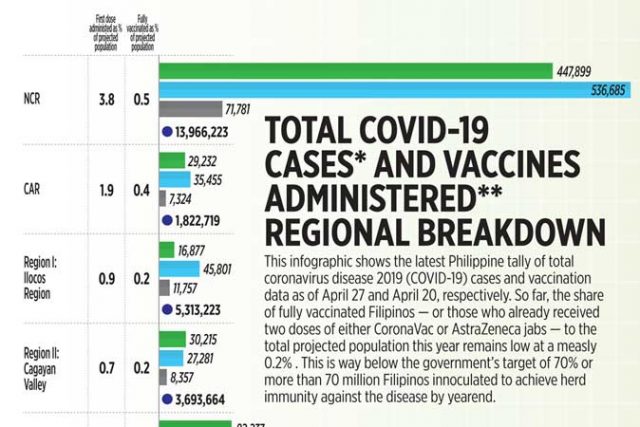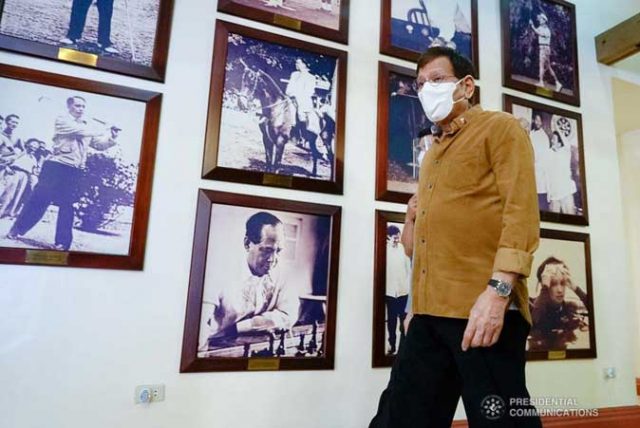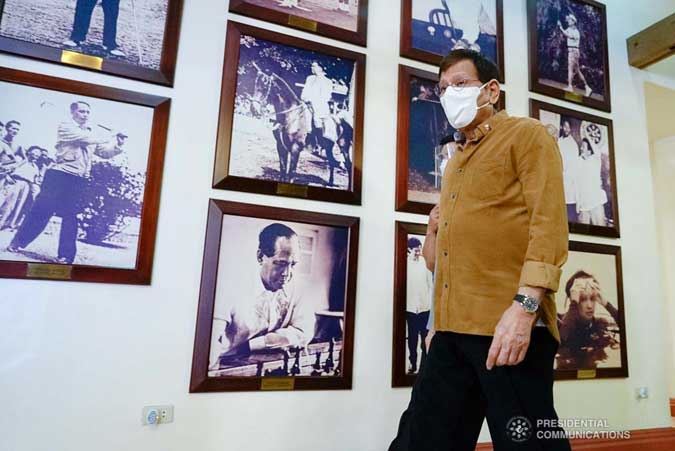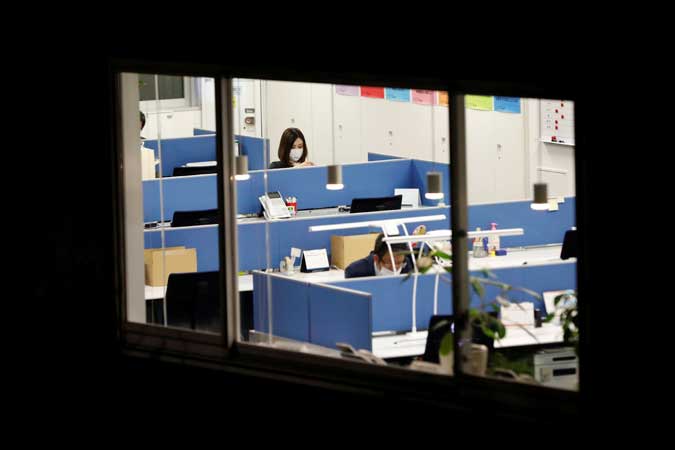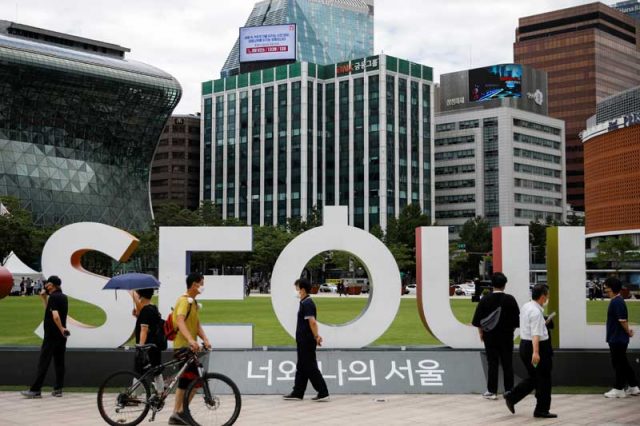BSP caps interest rate and finance charges on credit card receivables
In the past year following the declaration of a state of calamity due to COVID-19, the Philippines has redefined its tax and regulatory landscape. In exercising its supervisory authority over banks and credit card issuers under the Philippine Credit Card Industry Regulation Law, the Bangko Sentral ng Pilipinas (BSP), in particular, issued Memorandum Circular No. 1098, which lays down the maximum interest and finance charges that banks and other non-bank financial institutions (NBFIs) can impose on credit card receivables.
It might surprise one to know that prior to the issuance of the Memorandum Circular, the BSP followed a market-oriented interest rate policy so there was no ceiling on the interest and finance charges that banks and NBFIs can impose on credit card receivables. This is probably the reason why based on the BSP’s assessment, the credit card interest and finance charges in the Philippines are relatively high compared to other countries in the ASEAN region. In fact, during the pandemic, several banks have been observed to further increase their interest and finance charges to as high as 32.8% per annum as of June 30, 2020. Hence, in the spirit of promoting responsible lending and considering prevailing economic conditions, the BSP decided to set a ceiling on the cost of lending through credit card transactions to ease the financial burden on consumers, particularly micro-, small-, and medium-sized business enterprises during the COVID-19 pandemic.
Under the Memorandum Circular, the BSP has set a ceiling rate of 24% per annum on the interest or finance charge that can be imposed on all credit card transactions, except credit card installment loans, starting Nov. 3, 2020.
Meanwhile, credit card installment loans (pertaining to those payable under an installment arrangement) shall be subject to a maximum monthly add-on rate of 1%. This monthly add-on rate is different from the monthly interest rate or finance charge imposed on a cardholder’s unpaid credit card balance, and is used in computing the interest component of the monthly amortizations of the installment loan.
In an illustrative example, the BSP clarified that the 1% ceiling applies to installment loans availed of on or after Nov. 3, 2020. Hence, if a cardholder has an outstanding installment loan as of Nov. 3, 2020 which was earlier availed of on Sept. 3, 2020, the credit card issuer is not required to adjust the monthly add-on rate to 1%, even if there are amortization payments to be made on or after Nov. 3, 2020.
However, if a cardholder is unable to pay the monthly amortization due on an installment loan, such unpaid amortization is to be included in the computation of the cardholder’s outstanding credit balance subject to the 2% interest per month (effectively the 24% per annum) ceiling. Nevertheless, even with the cap in place, the cardholder is still not precluded from requesting a repricing or restructuring of his credit card installment loan.
Meanwhile, for cardholders whose credit cards have a cash advance feature, which enables cash withdrawal through Automatic Teller Machines (ATMs), the BSP has also capped the upfront processing fees of credit card cash advances to P200 for each transaction availed on or after Nov. 3, 2020. As mandated, no other upfront fees may be imposed or collected upon availing of credit card cash advances apart from the processing fee.
The interest rate ceiling and the ₱200 cap on the processing fees provided under the Memorandum Circular also apply to foreign transactions. Hence, credit card purchases made abroad, and cash advances withdrawn from ATMs abroad, are also subject to the same thresholds. The BSP also clarified that credit cardholders who availed of the 60-day grace period under the Bayanihan II (applicable to all existing, current, and outstanding loans as of Sept. 15, 2020) may also benefit from the interest ceiling.
Note that under normal circumstances, BSP rules require credit card issuers to notify the cardholder within 90 days prior to a change in any computation of the outstanding balance and fees to be imposed. In Board Resolution No. 1185, however, the BSP waived such notice requirement, since the imposition of a cap on interest and other finance charges is favorable to cardholders anyway.
The BSP has also committed to reviewing the prescribed ceilings on the credit card interest rates, finance charges, and processing fee, every six months. In line with this commitment, the BSP announced in an official statement released in April that it will retain the prescribed ceilings to help ease the financial burden on consumers.
When used responsibly, credit cards can result in increased purchasing power that may be used on emergency expenses. In a pandemic where many consumers are facing a liquidity crisis, the use of credit cards to tide them over is a sensible option to cushion negative income shocks. For its initiative in protecting the interests of consumers, I laud the BSP for advocating responsible lending practices. The cap in place is especially advantageous for our countrymen who may have no choice but to swap cash for credit during these challenging times.
The views or opinions expressed in this article are solely those of the author and do not necessarily represent those of Isla Lipana & Co. The content is for general information purposes only, and should not be used as a substitute for specific advice.
Elyse O. Lui is a senior consultant at the Tax Services Department of Isla Lipana & Co., the Philippine member firm of the PwC network.


